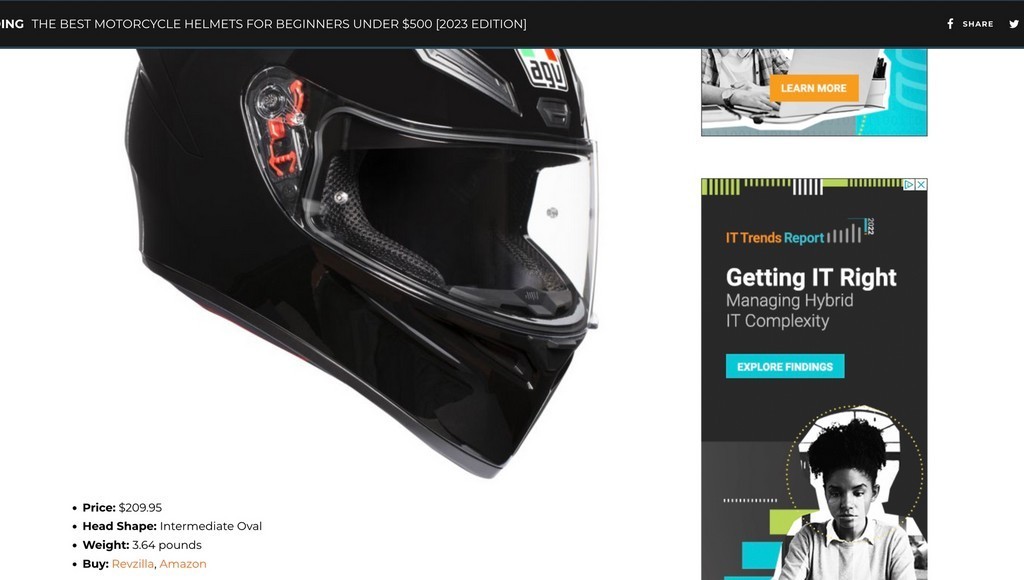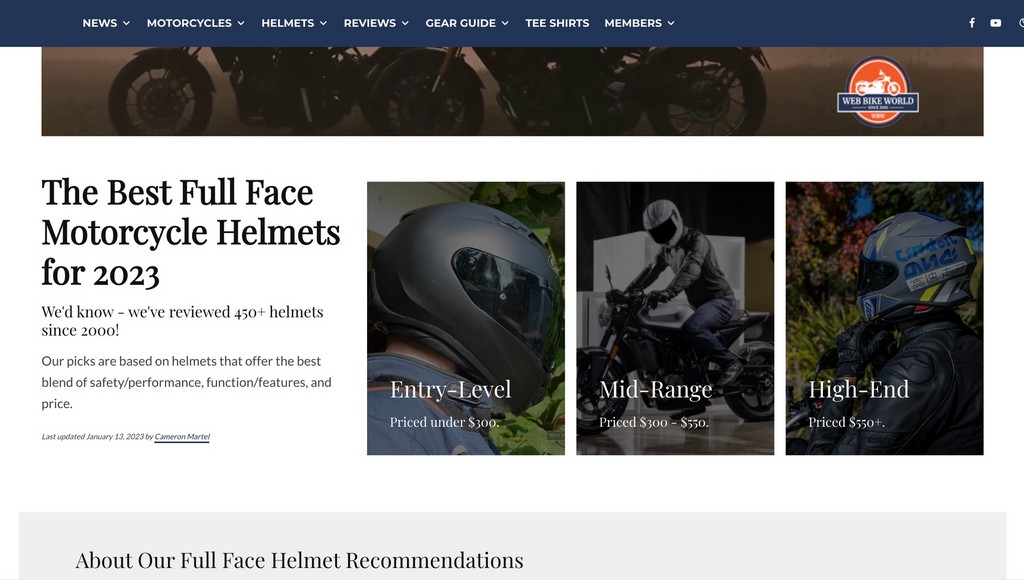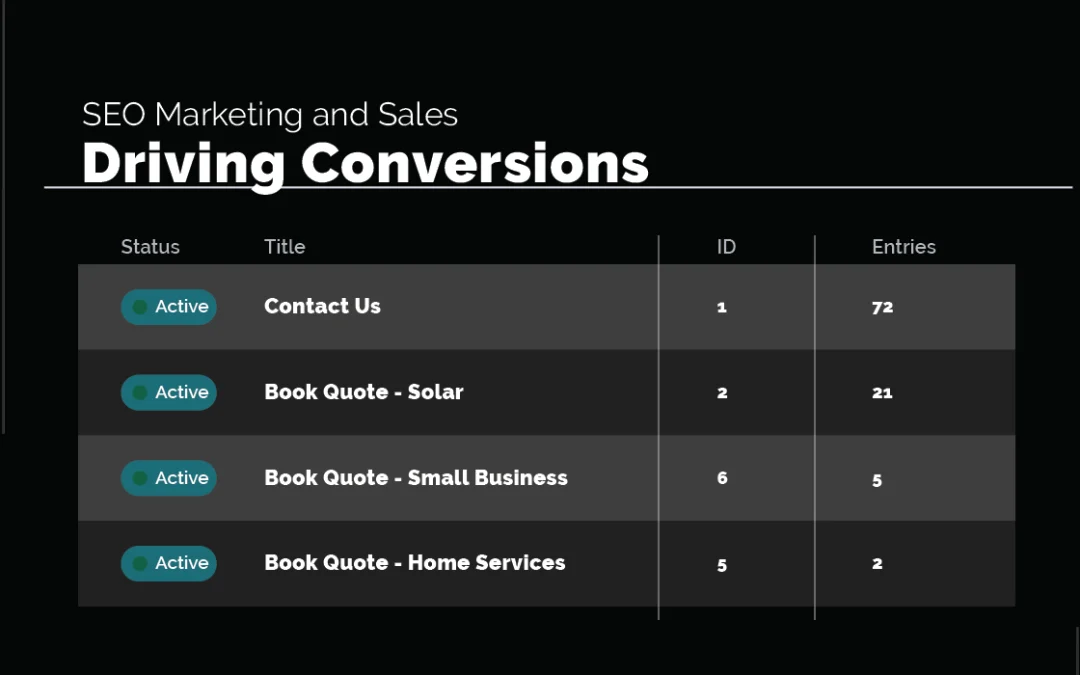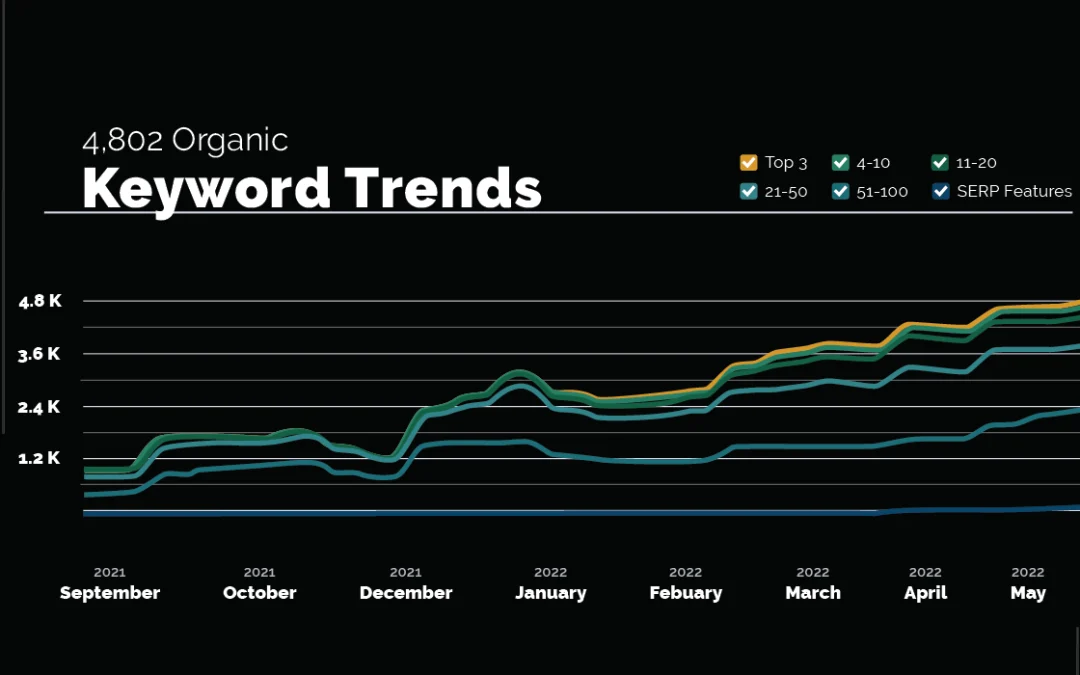Summary:
- “Rank & bank” is an approach to creating content that earns rankings and generates revenue consistently by providing real and lasting value for users.
- Rank and bank content should have four things: effective targeting, a genuinely excellent user experience, lasting value, and a purposeful next step for users.
- Making content rank requires thorough keyword research, strategic topic ideation, and establishing a consistent operational cadence. To execute this strategy consistently, it’s vital to put the right people in the right places so that workflow remains efficient and predictable.
- To make content bank, it’s vital to assess it regularly—then enhance content that’s working, make necessary changes based on user behavior, and cull content that isn’t performing as expected.
- Investing in a rank & bank content strategy means continuously building high value content, assessing its performance over time, and realigning when needed to ensure maximum value for its intended audience.
Every business that wants to achieve sustainable growth should have a reliable organic marketing strategy. That’s where “rank & bank” comes in—an approach that’s integral to our long-term SEO strategies at Monochrome Marketing.
“Rank & bank” content is designed to climb search engine rankings and keep generating revenue over time. Below, I’ll delve into what you need to do if you want to engineer and produce this content consistently, and provide some examples of how we’ve used it to help our clients achieve successful outcomes so you can see it in action.

Via Adobe Stock.
What Rank & Bank Is (& What It Isn’t)
The term “rank & bank” sometimes gets used interchangeably with “churn & burn”—but this is incorrect. Churn & burn refers to a black-hat SEO strategy based on creating massive amounts of backlinks in short periods of time to maximize incoming traffic, after which the content will likely be penalized by Google and quickly drop down in search engine rankings.
Rank & bank content, on the other hand, is designed to provide high and lasting value for users. While this content is still designed to drive traffic and generate revenue, it’s never over-optimized or over-monetized at the expense of the user’s experience.
Google rewards this approach because the content it produces aligns with user intent. It educates and empowers instead of just pushing to make sales or generate revenue, so it has the kind of genuine value search engines prioritize in their results.
That doesn’t mean it can’t be monetized, though—in fact, as you’ll see below, this kind of content can actually be monetized much more effectively in the long run.
Rank & Bank’s Core Principles
There are at least four things any piece of content needs before it can rank and bank. Here are the basic building blocks:
- In-Depth Keyword Research & Topic Ideation: you can’t pick keywords out of a hat. The right keywords for this approach are based on user interests and needs, changing search trends, updates to search engine algorithms, and the way your audience is evolving.
- Emphasis on Excellence: rank and bank content must provide genuine value. When content is objectively best-in-class, rich, and rewarding for users, its ability to perform (from a business strategic perspective) is greatly enhanced.
- Be Worth Consuming: the content should function as a kind of mecca for your target audience—ideally, you want to give them a reason to keep coming back. UX plays a huge role in this (we’ll get into that later).
- A Purposeful Next Step: in order for the content to bank, visitors have to do something, like make a purchase or contact the business. Your content should connect the dots for your users, empower them to make informed decisions, and encourage them to take the next step where/when appropriate.
Making Content Rank
Content that ranks is high-quality, versatile, and ideally evergreen—meaning it doesn’t lose its value over time and can be updated to stay relevant. That means it needs to be strategically driven. Here’s how to do it:
Keyword Research & Topic Ideation
This happens before anything else. The first thing you should do is create a content map or calendar. When we do this for each of our clients, we base it on inputs like:
- Key information about their business
- Regional focus
- Target audience and persona
- User journey, behaviour, and sales cycle insights
- Anything else that makes our client stand out compared to their peers
Next, we drill into the strategy we’ve started to create with Semrush and other tools, leveraging third-party datasets to validate our hypothesis. Critically, we always make sure we have client alignment before moving forward, so that everyone’s on the same page about what needs to happen and when.
Establishing Content Cadence
This is a fancy way of saying “figuring out when the content needs to go live in order to gain traction”. In most cases, a blog takes 90-120 days to start ranking effectively, so it’s best to think a quarter ahead.
Of course, blogs aren’t the only type of content that suits this methodology; there are also infographics, videos, gifs, et cetera. But blogs are the most common, and they have the lowest barrier to entry—so you’ll want to establish an operational pipeline that lets you start preparing for your content to rank at least three months in advance.
As a boutique agency working with amazing brands and companies across North America, we’ve learned the importance of building a sustainable process that empowers the team creating the content. That means establishing thorough processes for sourcing topical inputs, performing keyword research, creating strategy documents, and building outlines so that our creative team has everything they need.
Executing the Strategy
Once the above has been actioned, you can actually produce the content. Hopefully, you’ve collected all the required inputs ahead of time, as doing so will make this stage go much more smoothly.
The work we’ve already done to collect inputs by the time we reach this stage in a given project means we can hand everything off to our content writer and graphic designer at the same time. That means they can work independently of each other and produce the content faster.
Putting the right people in the right places is the key here. The more alignment you have internally, the fewer adjustments you’ll need to make along the way to keep your team working effectively.
For example, once you find content writers and graphic designers who consistently produce good work, you should invest in those relationships and keep those people close. We can trust our creatives to work effectively within the system we’ve set up—it’s rare that we receive graphics and written content that need significant tweaking to fit together, and any adjustments that do need to be made are usually quick and easy.
Making Content Bank
Once the content has been published, it begins to rank and drive traffic. But that’s only half of the equation—the trick now is to make sure it actually performs as expected.
Assessing Content
Look at your top-performing content on a regular basis and analyze trends that are working for and against you. We do this quarterly, and brainstorm assets we can add to keep enhancing the strong content so it stays competitive.
The key question you should ask yourself here is whether the content is doing its job or not. Specifically, is it making users take the desired action, or do you need to tweak it to encourage that behaviour?
Seizing Momentum
If a piece of content is performing well, take a “compound and snowball” approach—essentially, you want to help it keep doing what it’s already doing. As an example, I’m going to show you two different pieces of content I created to help sell motorcycle helmets: one at BestBeginnerMotorcycles.com and another at webBikeWorld.com.

There’s nothing wrong with the above—it’s a pretty standard listicle. Each helmet on the list has a picture, a couple of bullet points with key info (like price and shape), then links to reviews or affiliate partners and a few paragraphs below about the product. But take a look at an equivalent piece of content on webBikeWorld and you’ll see that it offers a much more curated ecommerce experience:

Right off the top, you get big attractive buttons that anchor down to each different section of the list. You also get accordions under each item so that users can pick and choose the details they want to read about without having to scroll through walls of text. Why?
The theory here was that a more polished experience would improve user engagement. Instead of seeing a random list with Amazon links, I wanted the content to feel like an article visitors might read in a high-profile magazine (only interactive). These changes ultimately increased conversions by 30%.
Analyzing & Updating
So, how do you choose the specific assets that need to be optimized and tweak them effectively? This is where data about user journeys, behaviour, and sales cycles becomes essential.
You want to make your changes based on what you notice your users doing: for example, what parts of your content are they reading most, and what are they clicking on? Equally important is what they aren’t doing—is there a portion of the content where you’re losing them?
At Mono, we use tools like Hotjar, User Analytics, and Session Recordings to analyze user behavior and make our changes based on our learnings. For example, if we notice that people are routinely clicking CTAs on a specific part of the site, we might choose to group ads there instead of halfway down the page.

This monetizes the layout without ruining the experience that people came to the site for—it’s the “Disney Delight” model, where everyone gets a little bit of what they want.
If you take a strategic approach to creating this content in the first place, the changes you’ll need at this stage are typically minimal, and implementing them shouldn’t require a major investment of resources. For example, updating that list of motorcycle helmets to say “2024” instead of “2023” next year and swapping out the items for new models is a lot faster than creating a brand new list from scratch.
Bottom line: the more planning you do at the front end, the easier it is to anticipate the kinds of changes you’ll need to make down the road and leave room for them.
Culling Content
A critical part of this work is also to establish what content isn’t working and can’t be saved. One exercise we recommend for this is called “kill, combine, keep”. That’s just what it sounds like—you look at every piece of active content we have, review its performance, then decide what stays and what goes.

Sometimes, two pieces of content that have potential but aren’t performing optimally can be rolled into one. This gives you an opportunity to trim out the fat and merge the best aspects of both pieces into a single, more streamlined experience for users.
Rank & Bank Is a Strategy, Not a Philosophy
“Rank & bank” is easy (and fun!) to say, but doing it effectively requires careful planning and execution. Still, the results are worth it if you can set up the infrastructure and put in the work to maintain it over time.
Check out our other posts to learn more about creating high-performing content by designing a gorgeous WordPress website in Divi, or what marketing books you should read as a business owner. And for in-depth support creating content that ranks and banks, reach out to us to consult with our team about how we can work together to help you achieve your goals.








